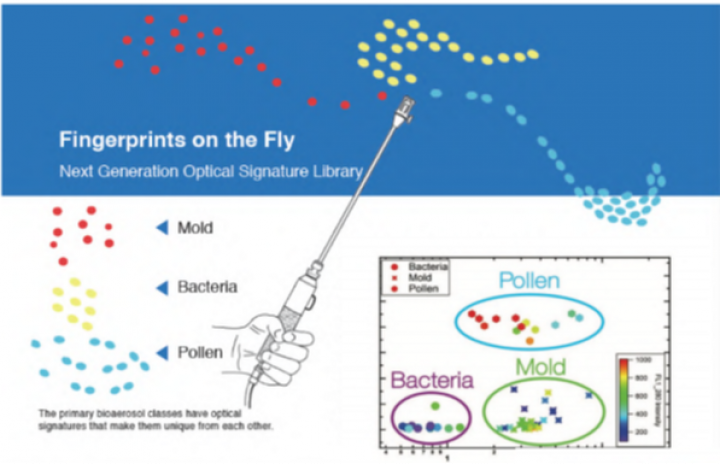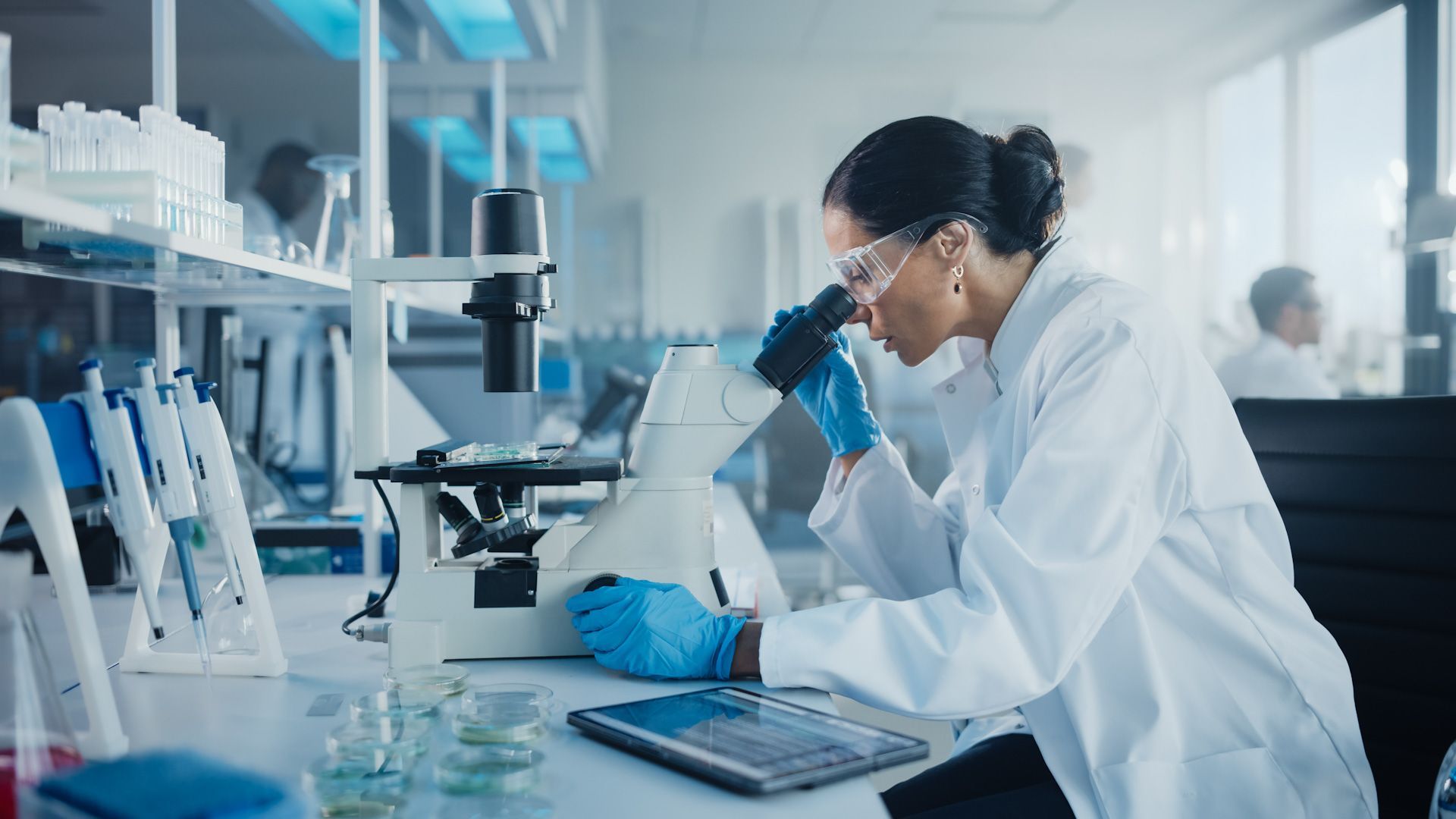Air Quality Science and Technology
No more guessing as to the source or location of dangerous mold and other bio-aerosols.
Detekt Air Quality Assurance uses the latest, most advanced "mobile" technology. Initially developed by the Department of Defense, InstaScope allows technicians to sample the entire property. Stack effect, HVAC dynamics, and other building pressurization dynamics can push bio-aerosols past the field of view of traditional sampling methods. Our ability to move through the space dynamically means we can sample all breathing zones and areas of property , and on-site reporting allows our clients to know immediately what is going on and begin correcting issue without the wait of an outside laboratory test.
InstaScope is the first instrument to reference an optical "signature" library for real-time detection and characterization of airborne biological particles. We worked closely with Dr. Mark Hernandez and his team, at the University of Colorado to create this library by culturing, aerosolizing and capturing the optical properties of over 150+ fungi, bacteria, and pollen with InstaScope. This work has been published in multiple peer reviewed scientific journals and constitute the first work of it's kind. This library is constantly growing and allows the InstaScope to differentiate between the major bioaerosol classes.

The instrument is a wideband integrated bioaerosol spectrometer. It delivers both quantitative (particle counter) and qualitative (fluorescent spectrum) analysis on a particle-by- particle basis. The particle is contained individually in a chamber where two lasers scatter light around it, determining size and shape. A UV light is then cast onto the particle to determine the presence or absence of fluorescent biomolecules. This composite signature or "fingerprint" (particle size, fluorescent spectra, fluorescent intensity, etc.) is compared to known signatures from a library of molds cultured and sampled by Dr. Mark Hernandez at the University of Colorado specifically for the InstaScope. Those particles whose signatures match with this library are identified as fungi and then further binned into phenotypic groups. The same qualitative analysis applies to other biological particles (bacteria, pollen, etc.),
Convenience
All reports are provided on-site and are stored in the cloud. Your results data will be available to you anywhere, anytime. Contact our team today for your estimate to get started.


